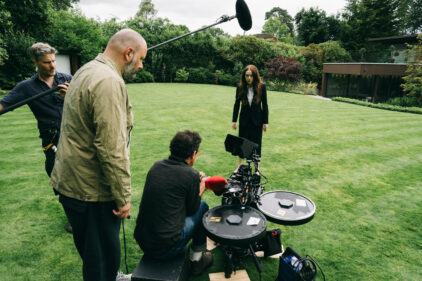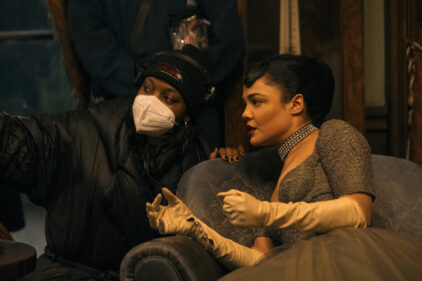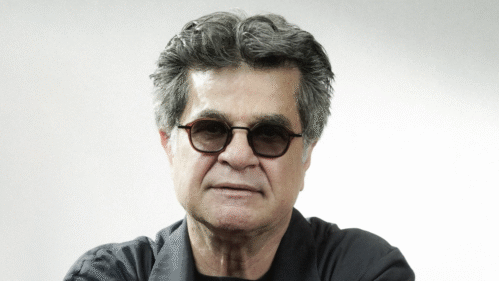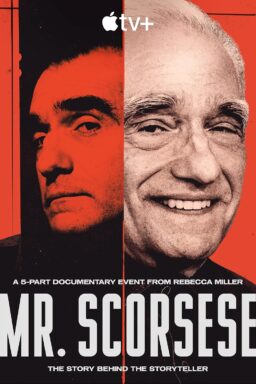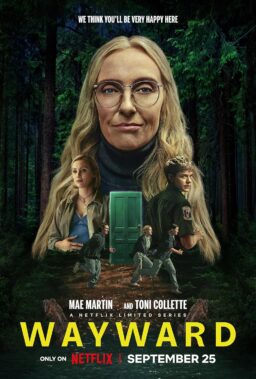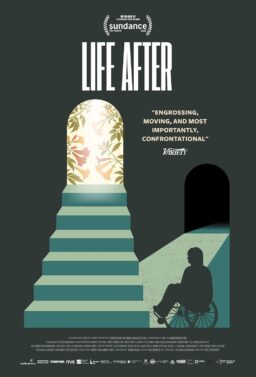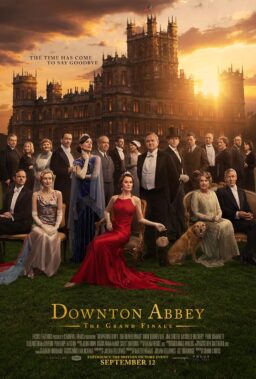Akira Kurosawa, one of the greatest of all film directors, died Sunday in Tokyo. He was 88. His later years were spent in near-blindness, and yet he continued to work, sketching scenes with the paper only inches from his eyes, and his final film was made only five years ago. Of the postwar giants who redefined the art of the cinema, what other director, save perhaps Sweden’s Ingmar Bergman, could claim so many masterpieces? The titles are like a roll-call of greatness: “Stray Dog,” “Rashomon,” “Ikiru,” “The Seven Samurai,” “Throne of Blood,” “The Hidden Fortress,” “The Idiot,” “Yojimbo,” “High and Low,” “Red Beard,” “Dersu Uzala,” “Kagemusha,” “Ran,” and many more.
He combined two qualities not always found together in filmmakers: He was a visual stylist, and a thoughtful humanist. His films had a daring, exhilarating visual freedom, and a heart of deep human understanding. He often made movies about heroes, but their challenge was not simply to win; it was to make the right ethical choice.
His films fall into three overlapping categories. There were the samurai dramas, steeped in Japanese history, like “The Seven Samurai” (remade by Hollywood as “The Magnificent Seven”) and “The Hidden Fortress” (which inspired the characters R2D2 and C3PO in “Star Wars”). There were the literary adaptations, from sources like Shakespeare and Dostoyevsky but also from American crime writers. And there were the contemporary stories, about ordinary people faced with ethical dilemmas.
Few Japanese directors would have thought to adapt one of Ed McBain’s crime stories, for example, but Kurosawa, reading King’s Ransom, found the materials for one of his most challenging films, “High and Low” (1962). In it, a wealthy man is told his son has been kidnapped. He must sell everything to raise the ransom. Then it’s discovered that the kidnapper mistakenly kidnapped the son of the millionaire’s chauffeur instead. Is this boy worth the same ransom? As the eyes of the millionaire and the workingman meet in a shot of stunning power, Kurosawa confronts the question of whether all lives are equal.
The same question was approached in another way in “Kagemusha” (1980), about a thief who looks exactly like a warlord who has just died. To keep the death a secret, the lord’s men install the double in his position. To have the power, the position, the costumes and the riches of a lord, but not to be the lord, is the dilemma of the “shadow warrior.”
And consider the beloved “Ikiru” (1952), in which an old man works at a meaningless job as head of a city bureau. Told he will, he passes through suicidal depression and drunken escape, before determining to accomplish one final thing, a children’s playground, to give his life meaning.
What does a man’s life mean? Kurosawa himself faced that question in the 1970s, when, after the commercial failure of “Red Beard” (1965) and “Dodes-ka-den” (1970), he was unable to find financing for new films. He attempted suicide. Then, in 1975, Russian funds were found for his only non-Japanese film, “Dersu Uzala,” about a friendship between a famous explorer and a simple guide. It won the Oscar for best foreign film (his second, after “Rashomon”), and yet still he could not find funds to work in Japan, where he was considered too old and non-commercial. Finally in 1980, with backing from American directors who admired him, he made “Kagemusha,” and in 1985 he made “Ran,” his adaptation of King Lear, which won a special award at Cannes.
Those two late epics are among the most ravishing visual achievements in the history of the cinema. Individual shots – troops pouring down a flight of steps like water finding its level, or a horse dying on a battlefield, or the fading old king surrounded by the bright flags of his court – summarize the whole tone and feeling of the stories.
Throughout his career Kurosawa was criticized in Japan as “too Western.” He often used Western stories and music. And, said the critic Donald Richie, the director was shunned because his films were the statements of an individual. His samurai films portrayed individuals faced with choices, rather than loyal functionaries. Kurosawa was born in 1910, and his taste was shaped when he studied Western art in school. He emerged as a director in the postwar years, at first with routine work approved by the American occupation authorities, and then, starting with “Stray Dog” (1949) and “Rashomon” (1950), entirely on his own. He was known for his long associations with the actors Toshiro Mifune (“Rashomon,” “Seven Samurai,” “Throne Of Blood,” “Yojimbo” and “Red Beard”), and Takashi Shimura (“Ikiru”).
Kurosawa’s late films were the meditations of an old man at peace with himself.
There was “Akira Kurosawa’s Dreams” (1990), a series of eight short stories, and “Rhapsody in August” (1991), an attempt to deal with the bomb. In that film, Kurosawa created a Japanese-American character to embody his belief that the war took place between governments, not people. His last film was “Madayayo” (1993). It has never been distributed in America, but was shown in March at Facets Cinematheque in Chicago. It tells of a beloved old professor whose students gather once a year for his birthday. He drinks a ritual glass of beer at the parties and then shouts out “Not yet!” – because he is not yet dead.
“Take myself, subtract movies, and the remainder is zero,” Kurosawa once said. And in an interview in 1993, after “Madayayo,” he said, “I hope that all the people who have seen this picture will leave the theater feeling refreshed, with broad smiles on their faces.” That could be his epitaph.

